Leakage Inductances of Transformers at Arbitrarily Located Windings
Abstract
1. Introduction
2. Calculations of Magnetic Field in the Transformer’s Air Window with FEM
3. Calculations of Magnetic Field in the Transformer Air Window using PDPO
4. Co-Energy Based Calculations of Self- and Mutual-Leakage Inductances
- -
- Calculate inductance from the co-energy at and ,
- -
- Calculate inductance from the co-energy at and ,
- -
- Calculate inductance from the co-energy at and ,
5. Results of Teste Calculations
5.1. Test 1
5.2. Test 2
6. Conclusions
Author Contributions
Funding
Conflicts of Interest
Appendix A

References
- Arnold, E.; la Cour, J.L. Die Transformatoren; Springer: Berlin, Germany, 1910. [Google Scholar]
- Richter, R. Elektrische Maschinen, Bd.3, Die Transformatoren; Birkhäuser: Basel, Switzerland, 1954. [Google Scholar]
- Jezierski, E. Transformers, Theoretical Background; Wydawnictwa Naukowo-Techniczne (WNT): Warsaw, Poland, 1965. (In Polish) [Google Scholar]
- Karsai, K.; Kerenyi, D.; Kiss, L. Large Power Transformers; Elsevier Publications: Amsterdam, The Netherlands, 1987. [Google Scholar]
- Winders, J.J., Jr. Power Transformers, Principles and Applications; Pub. Marcel Dekker Inc.: New York, NY, USA, 2002. [Google Scholar]
- Del Vecchio, R.M.; Poulin, B.; Feghali, P.T.; Shah, D.M.; Ahuja, R. Transformers Design and Principles with Applications to Core-Form Power Transformers; Taylor & Francis: New York, NY, USA, 2002. [Google Scholar]
- Hurley, W.G.; Wölfle, W.H. Transformers and Inductors for Power Electronics: Theory, Design & Applications; John Wiley & Sons Pub.: Hoboken, NJ, USA, 2013. [Google Scholar]
- Chiver, O.; Neamt, L.; Horgos, M. Finite elements analysis of a shell-type transformer. J. Electr. Electron. Eng. 2011, 4, 21. [Google Scholar]
- Tsili, M.; Dikaiakos, C.; Kladas, A.; Georgilakis, P.; Souflaris, A.; Pitsilis, C.; Bakopoulos, J.; Paparigas, D. Advanced 3D numerical methods for power transformer analysis and design. In Proceedings of the 3rd Mediterranean Conference and Exhibition on Power Generation, Transmission, Distribution and Energy Conversion, MEDPOWER 2002, Athens, Greece, 4–6 November 2002. [Google Scholar]
- Stanculescu, M.; Maricaru, M.; Hnil, F.I.; Marinescu, S.; Bandici, L. An iterative finite element-boundary element method for efficient magnetic field computation in transformers. Rev. Roum. Sci. Technol. 2011, 56, 267–276. [Google Scholar]
- Jamali, S.; Ardebili, M.; Abbaszadeh, K. Calculation of short circuit reactance and electromagnetic forces in three phase transformers by finite element method. In Proceedings of the 8th International Conference Electrical Machines & Systems, Nanjing, China, 27–29 September 2005; Volume 3, pp. 1725–1730. [Google Scholar]
- Hameed, K.R. Finite element calculation of leakage reactance in distribution transformer wound core type using energy method. J. Eng. Dev. 2012, 16, 297–320. [Google Scholar]
- Oliveira, L.M.R.; Cardoso, A.J.M. Leakage inductances calculation for power transformers interturn fault studies. IEEE Trans. Power Deliv. 2015, 30, 1213–1220. [Google Scholar] [CrossRef]
- Kaur, T.; Kaur, R. Modeling and computation of magnetic leakage field in transformer using special finite elements. Int. J. Electron. Electr. Eng. 2016, 4, 231–234. [Google Scholar] [CrossRef][Green Version]
- Ehsanifar, A.; Dehghani, M.; Allahbakhshi, M. Calculating the leakage inductance for transformer inter-turn fault detection using finite element method. In Proceedings of the 2017 Iranian Conference on Electrical Engineering (ICEE), Tehran, Iran, 2–4 May 2017. [Google Scholar] [CrossRef]
- Caron, G.; Henneron, T.; Piriou, F.; Mipo, J.-C. Waveform relaxation-Newton method to determine steady state operation: Application to three-phase transformer. COMPEL Int. J. Comput. Math. Electr. Electron. Eng. 2017, 36, 729–740. [Google Scholar] [CrossRef]
- Guemes-Alonso, J.A. A new method for calculating of leakage reactances and iron losses in transformers. In Proceedings of the Fifth International Conference on Electrical Machines and Systems (IEEE Cat. No.01EX501), Shenyang, China, 18–20 August 2001; Volume 1, pp. 178–181. [Google Scholar] [CrossRef]
- Schlesinger, R.; Biela, J. Comparison of analytical models of transformer leakage inductance: Accuracy versus computational effort. IEEE Trans. Power Electron. 2002, 36, 146–156. [Google Scholar] [CrossRef]
- Jahromi, A.; Faiz, J.; Mohseni, H. A fast method for calculation of transformers leakage reactance using energy technique. IJE Trans. B Appl. 2003, 16, 41–48. [Google Scholar]
- Jahromi, A.; Faiz, J.; Mohseni, H. Calculation of distribution transformer leakage reactance using energy technique. J. Fac. Eng. 2004, 38, 395–403. [Google Scholar]
- Dawood, K.; Alboyaci, B.; Cinar, M.A.; Sonmez, O. A new method for the calculation of leakage reactance in power transformers. J. Electr. Eng. Technol. 2017, 12, 1883–1890. [Google Scholar] [CrossRef]
- Dawood, K.; Cinar, M.A.; Alboyaci, B.; Sonmez, O. Calculation of the leakage reactance in distribution transformers via numerical and analytical methods. J. Electr. Syst. 2019, 15, 213–221. [Google Scholar]
- Sobczyk, T.; Jaraczewski, M. On simplified calculations of leakage inductances of power transformers. Energies 2020, 13, 4952. [Google Scholar] [CrossRef]
- Wachta, B. Calculation of leakages in unsymmetrical multi-windings transformers. Sci. Bull. Univ. Min. Metall. Kraków Pol. 1969, 243, 7–27. (In Polish) [Google Scholar]
- Sobczyk, T.J.; Jaraczewski, M. Application of Discrete Differential Operators of Periodic Function to Solve 1D Boundary Value Problems. COMPEL Int. J. Comput. Math. Electr. Electron. Eng. 2020, 39, 885–897. [Google Scholar] [CrossRef]
- Sobczyk, T.J. 2D discrete operators for periodic functions. In Proceedings of the 2019 15th Selected Issues of Electrical Engineering and Electronics (WZEE), Zakopane, Poland, 8–10 December 2019. ID12, IEEE Explore: 978-1-7281-1038-7/19. [Google Scholar]
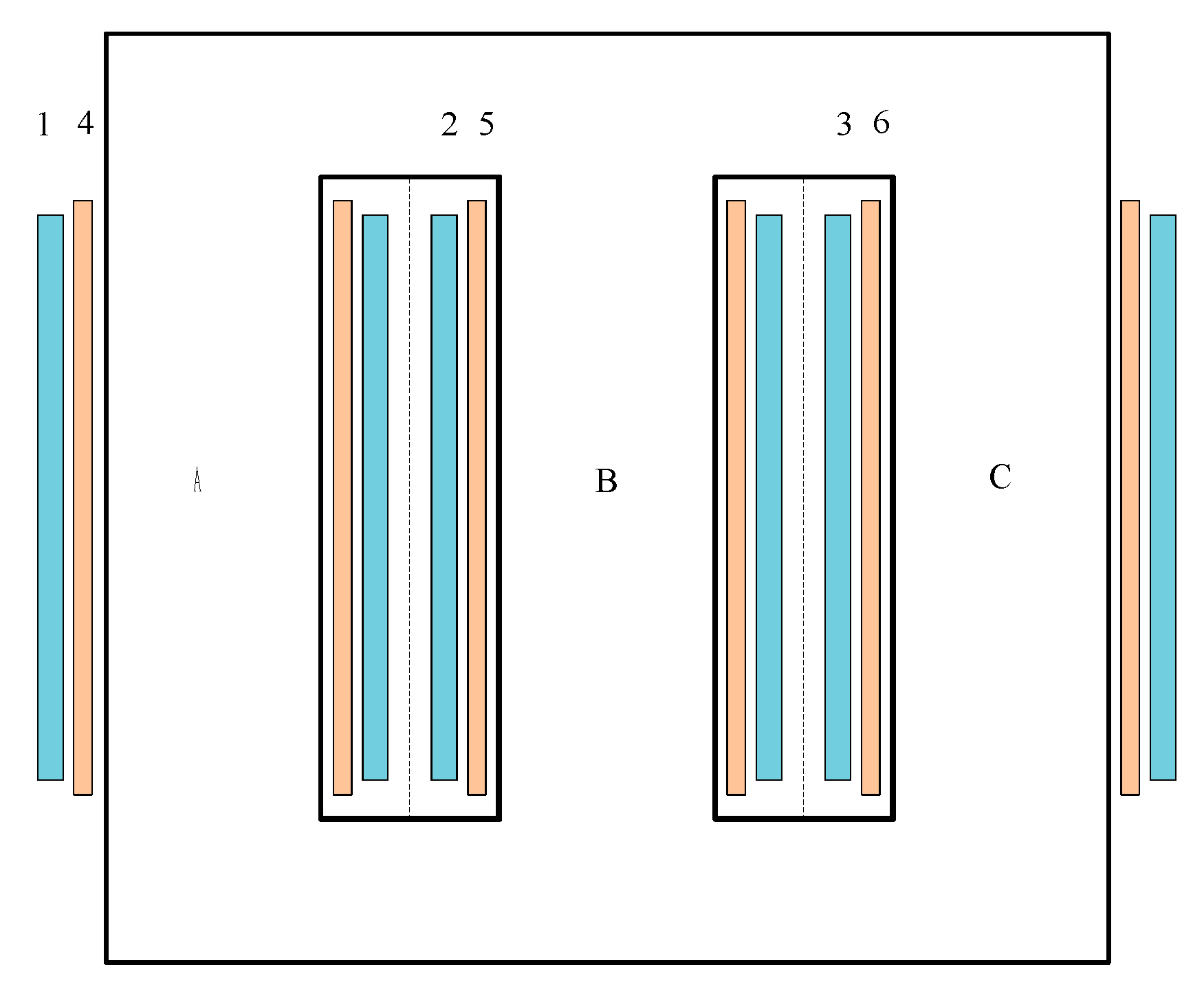
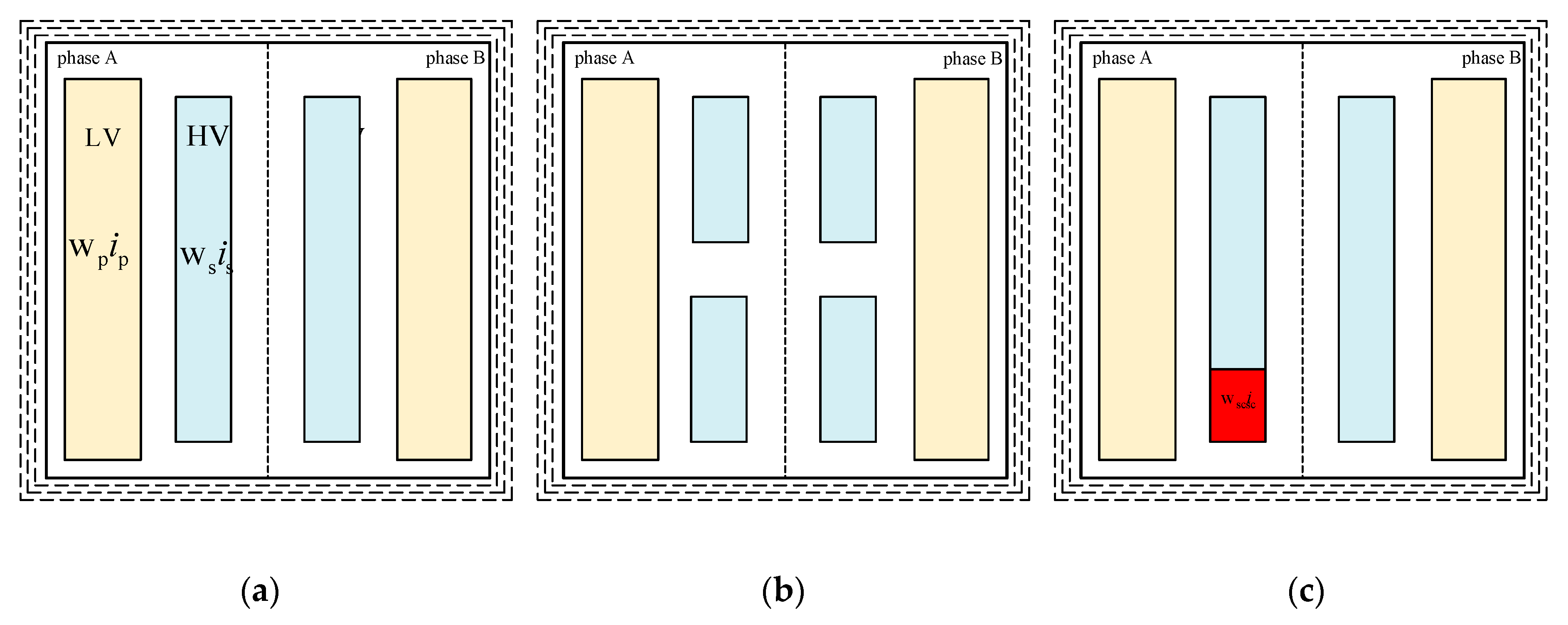
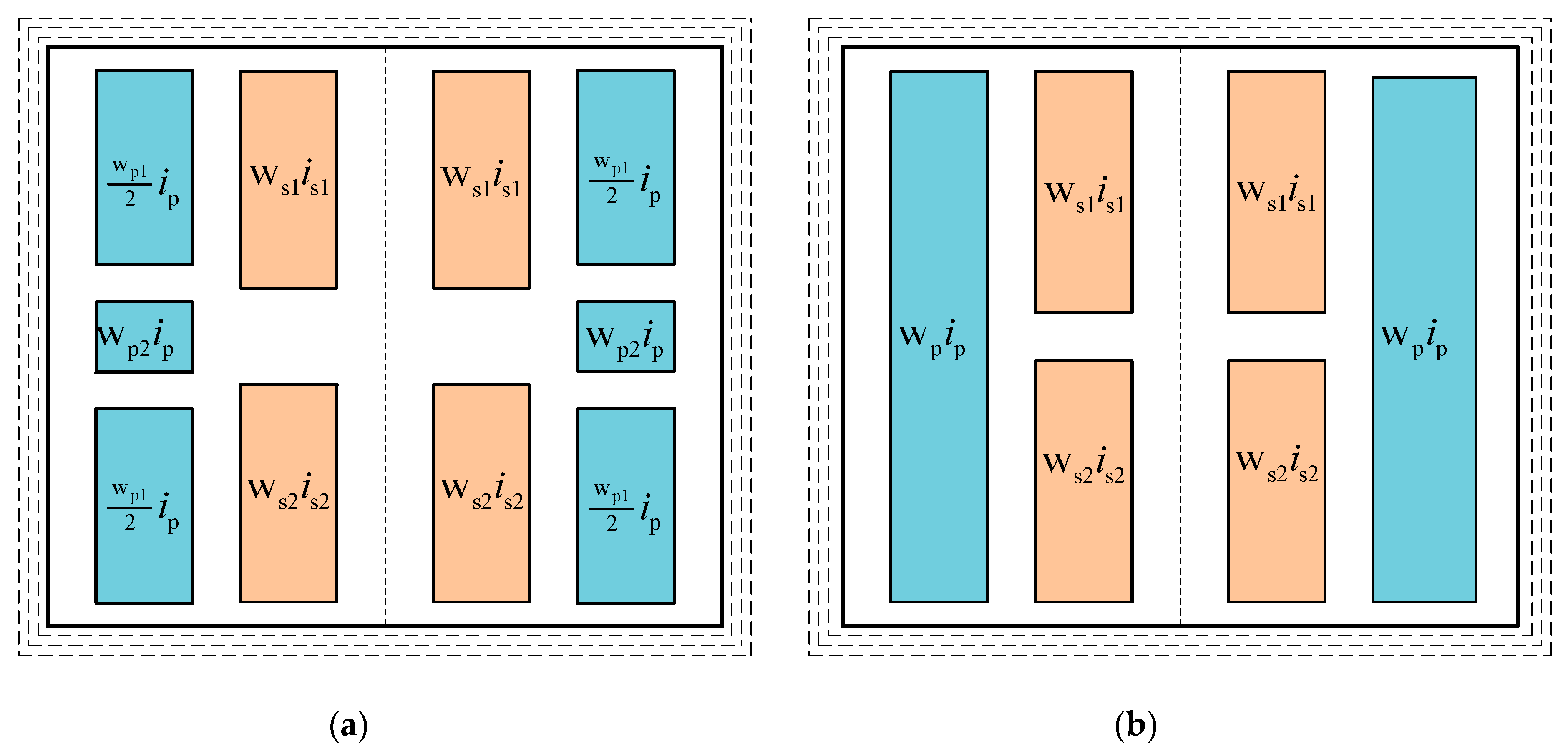
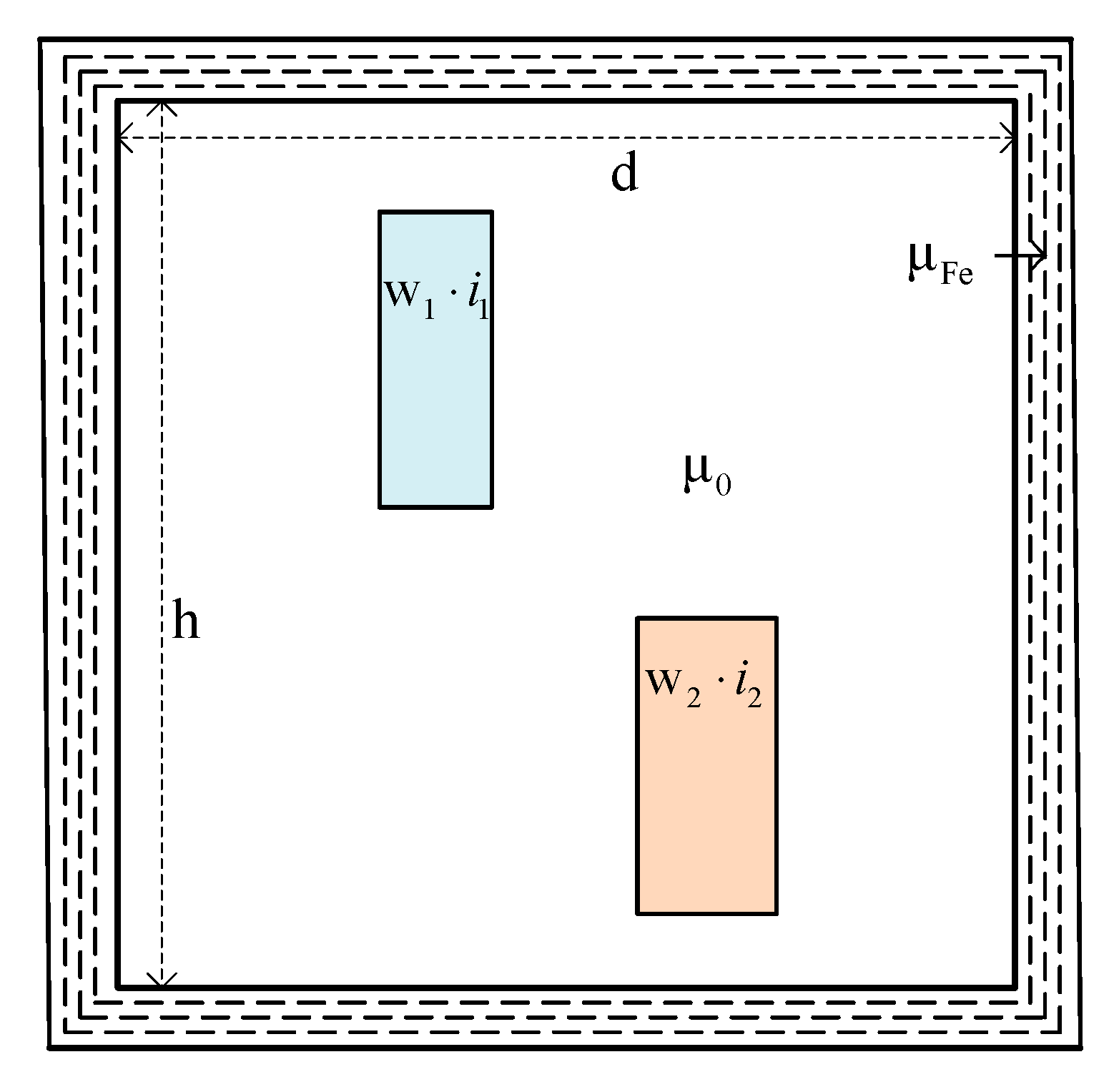
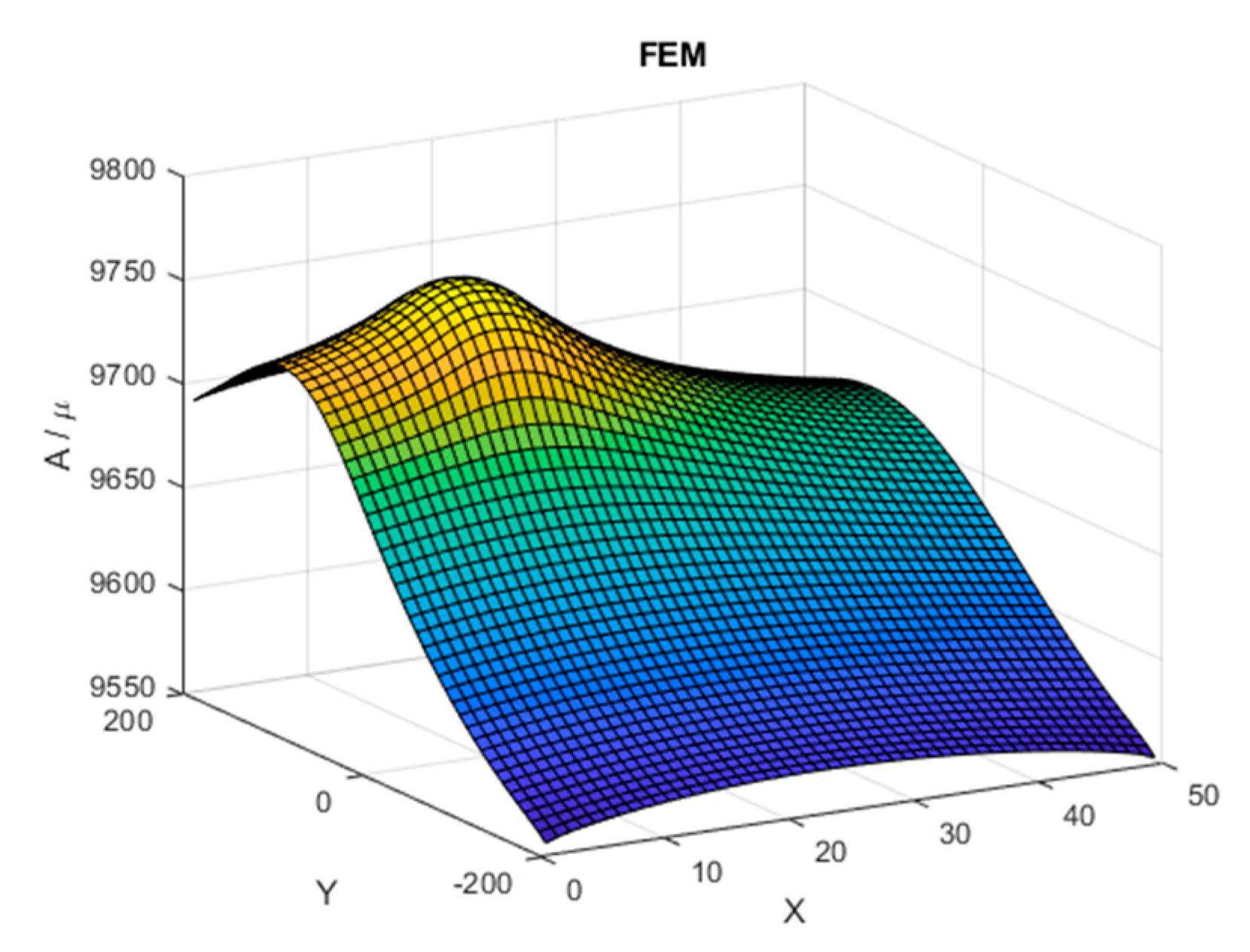
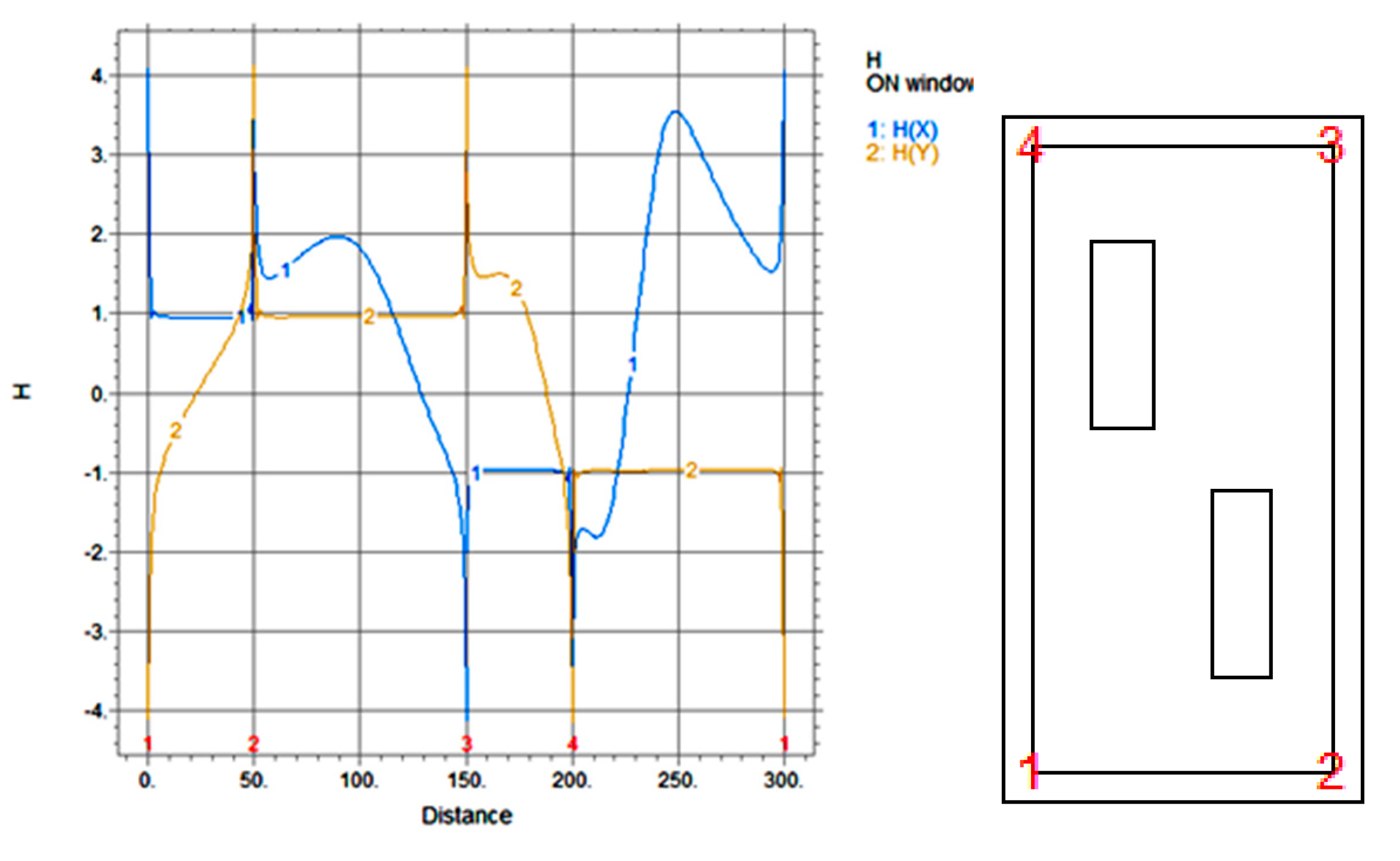
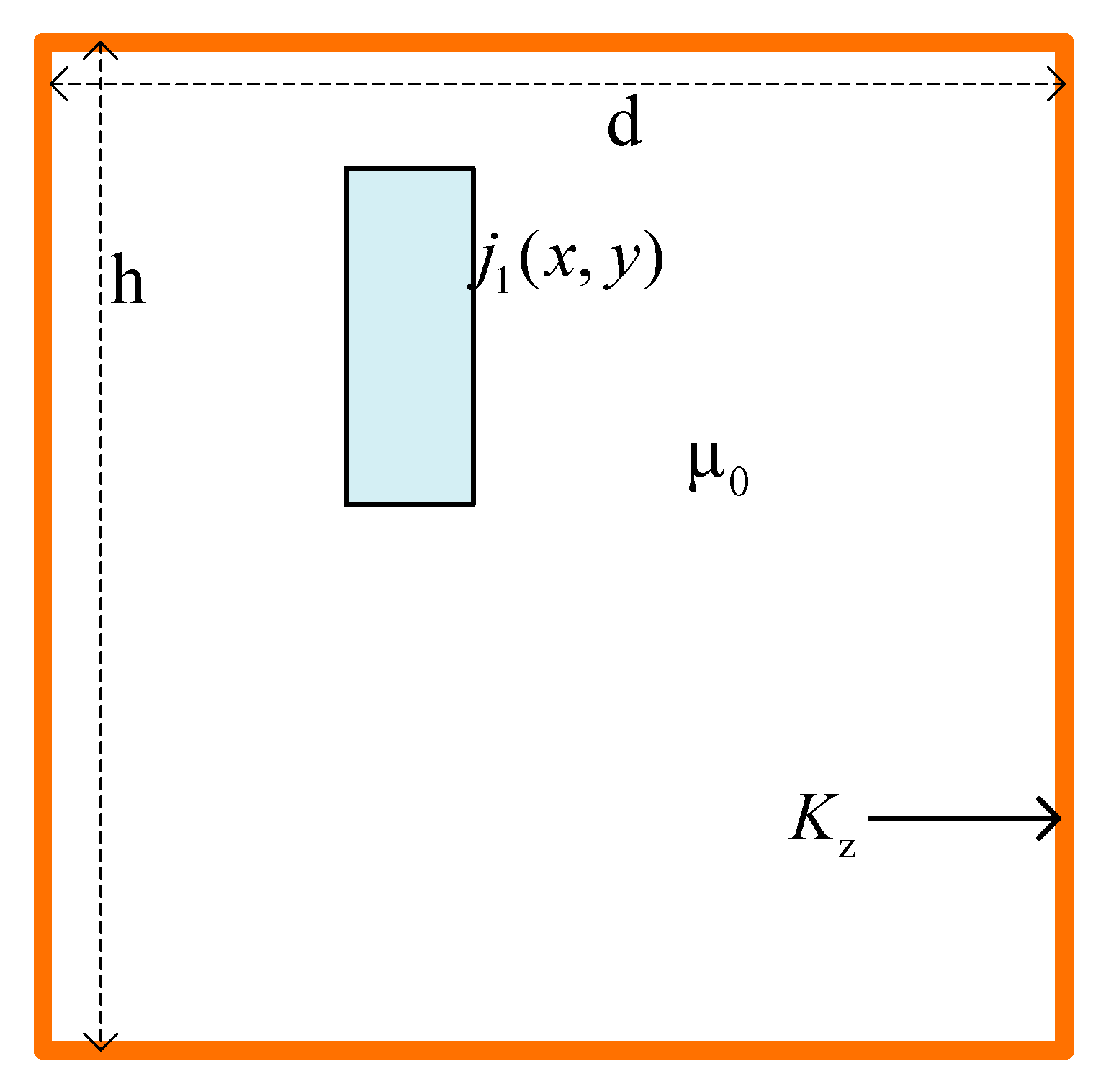
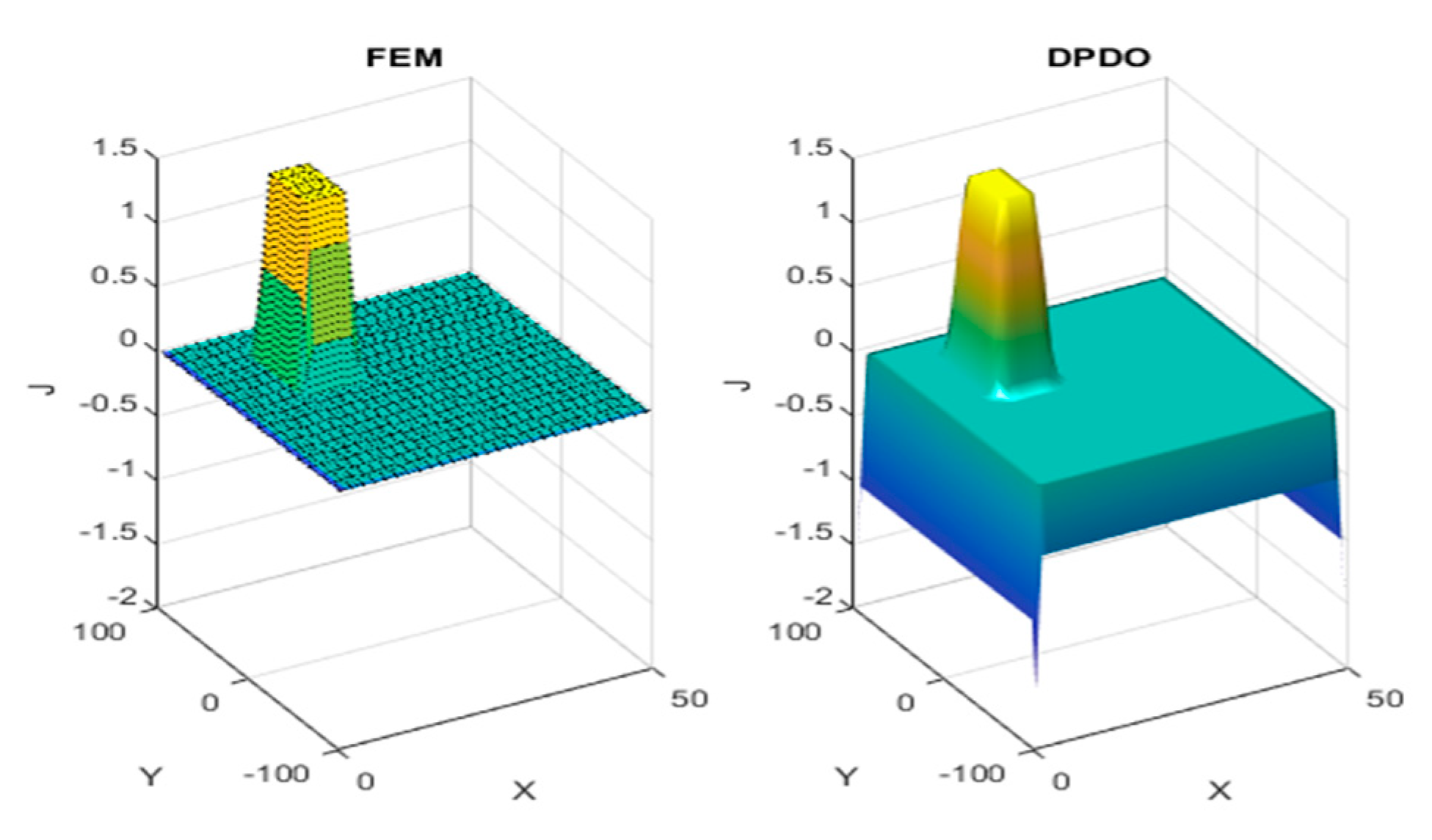
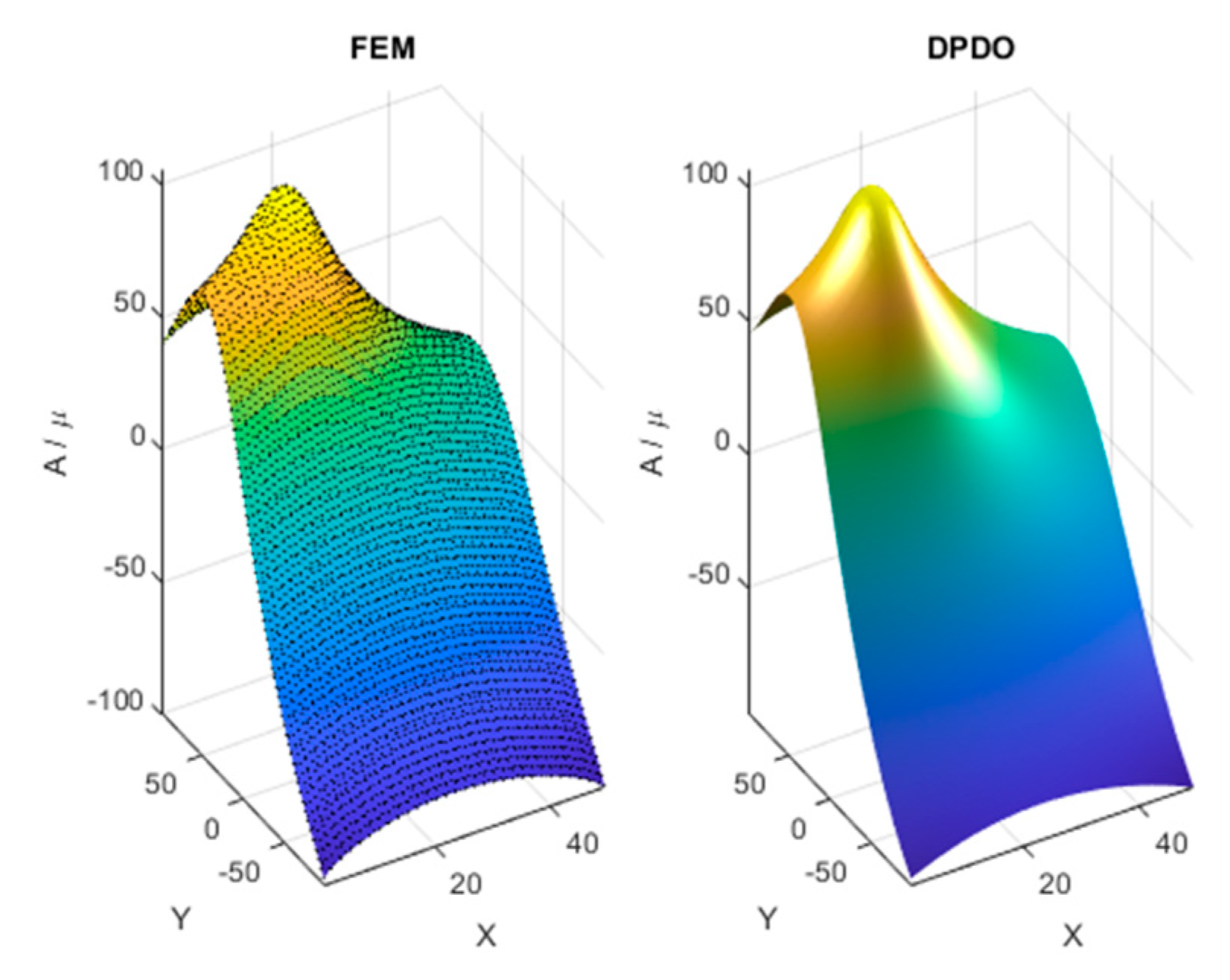
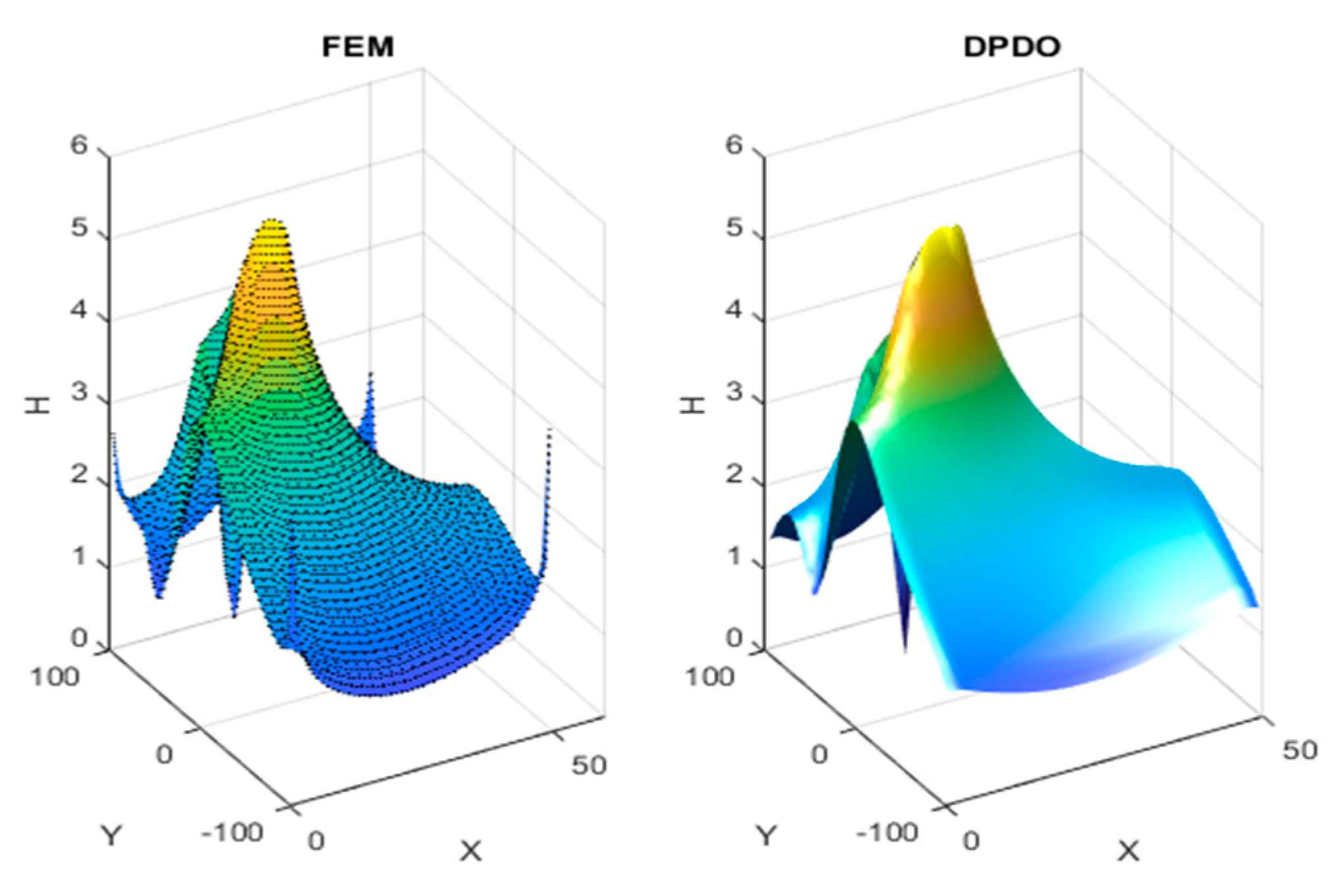
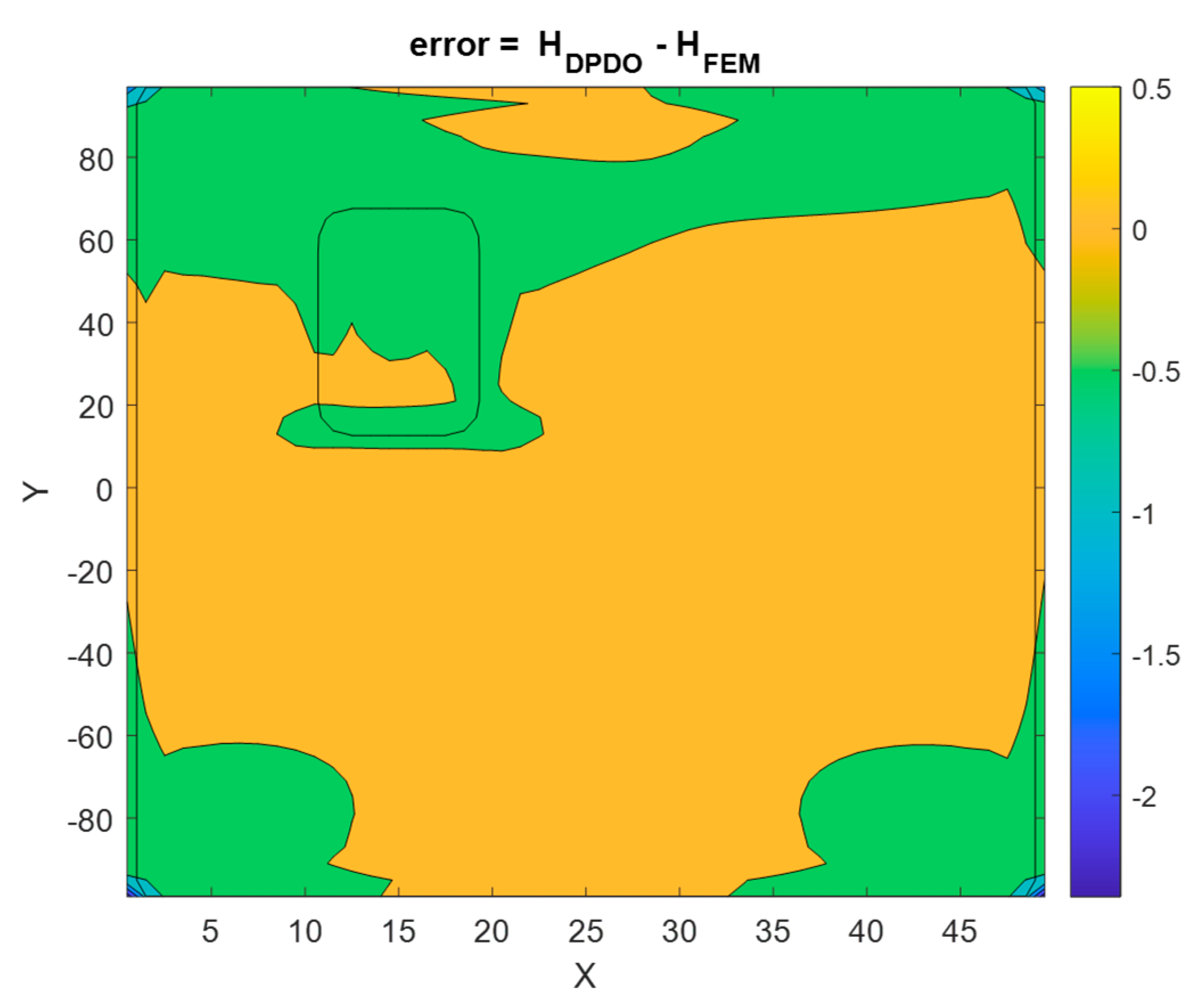

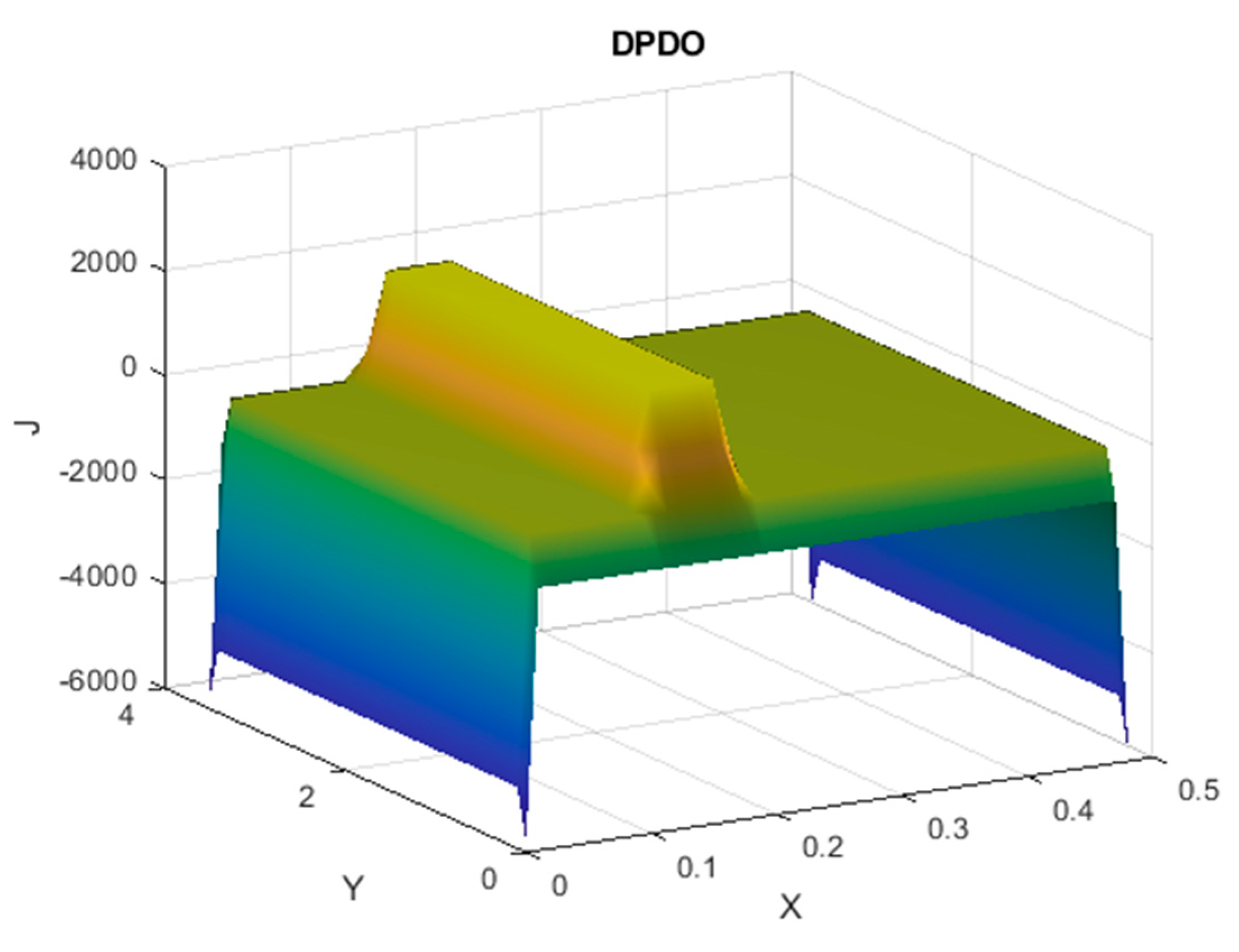
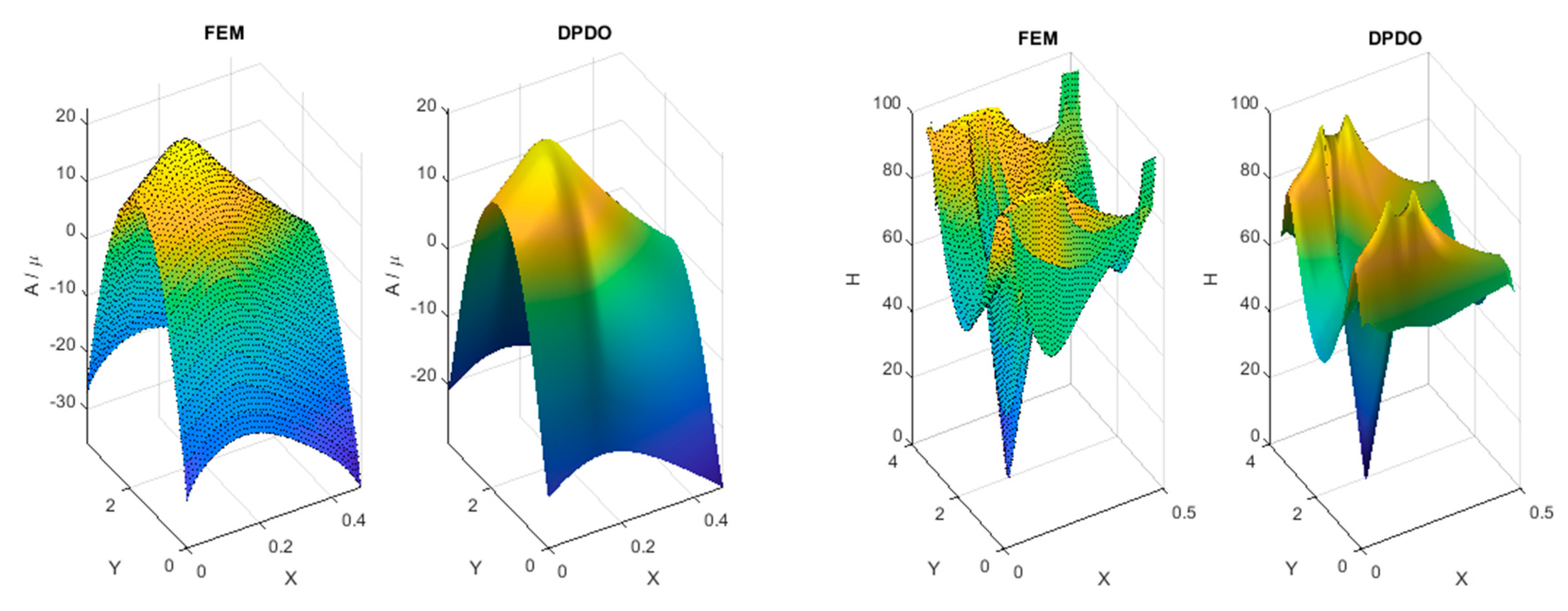
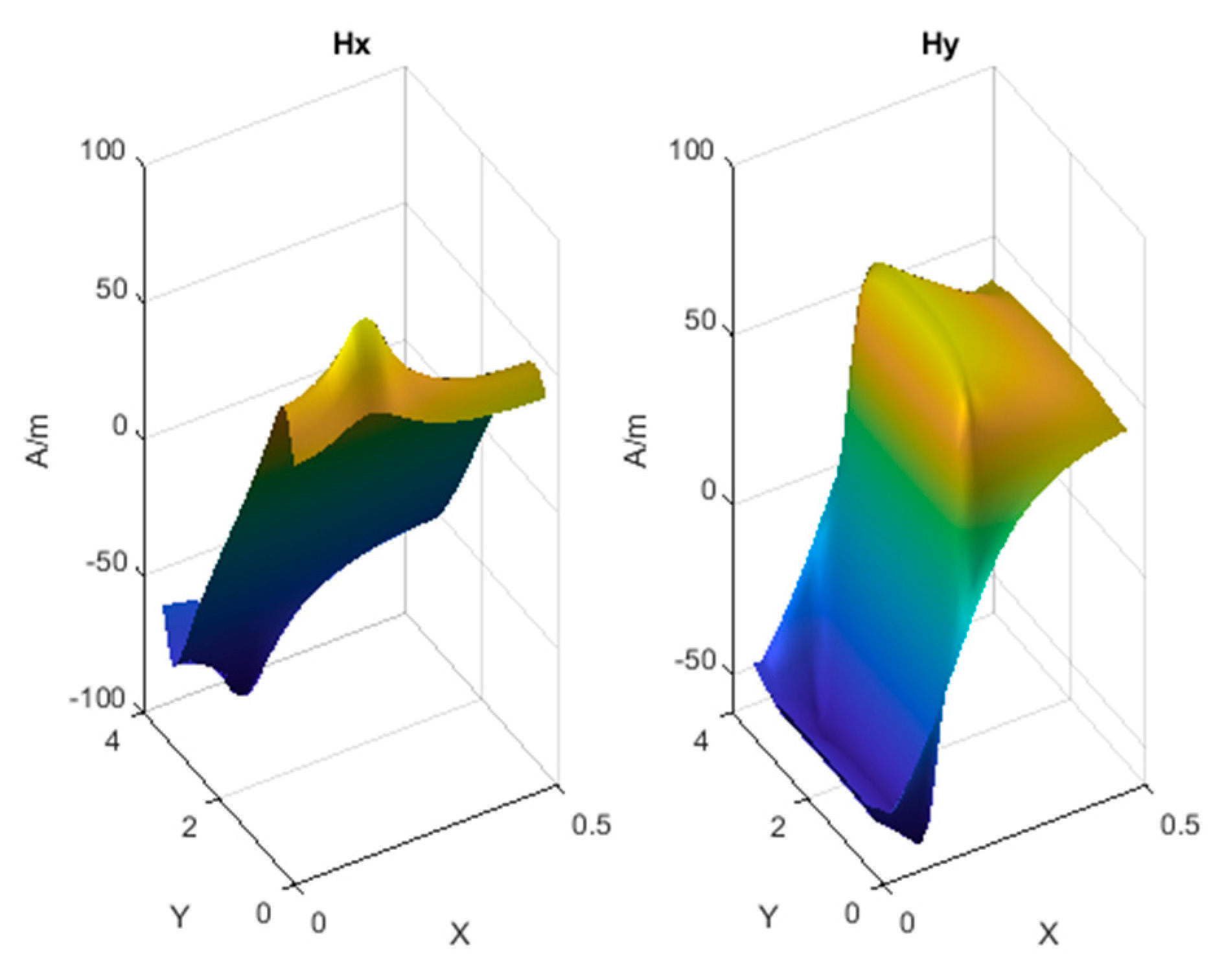
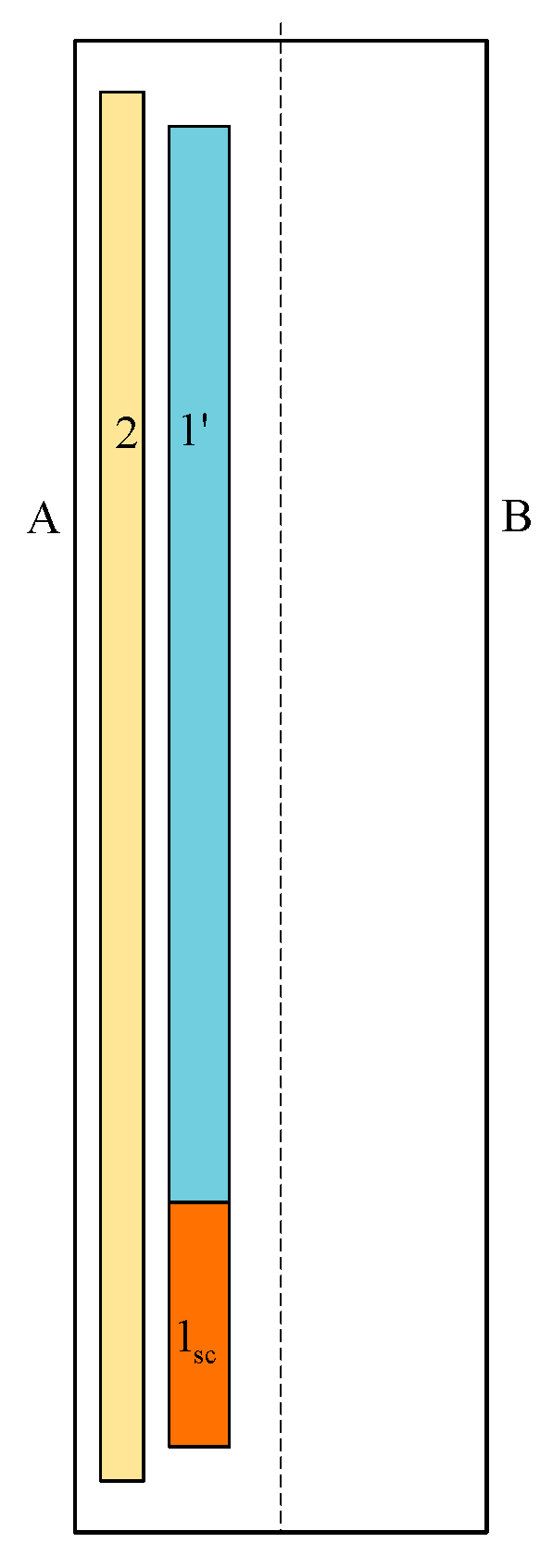
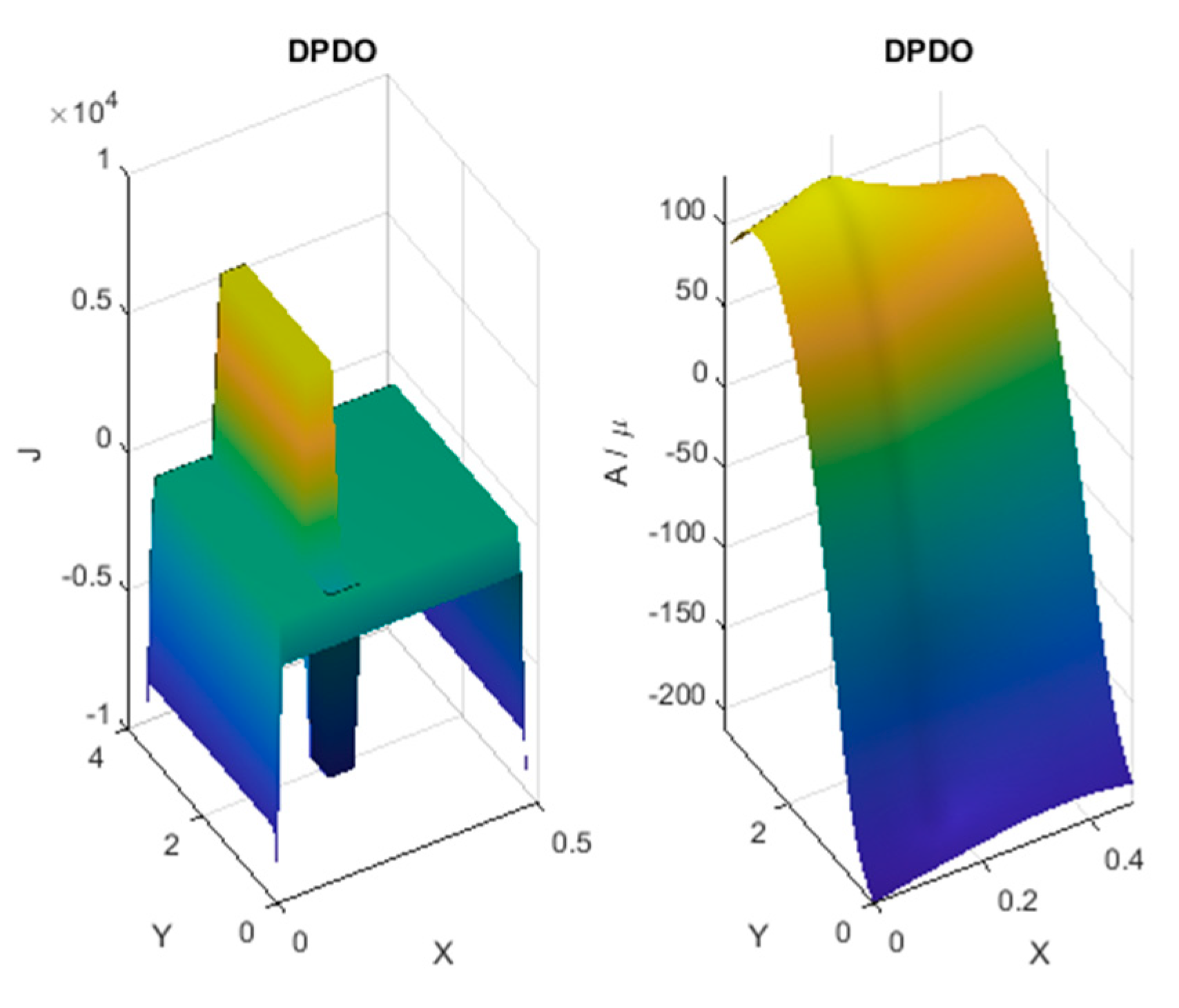
Publisher’s Note: MDPI stays neutral with regard to jurisdictional claims in published maps and institutional affiliations. |
© 2020 by the authors. Licensee MDPI, Basel, Switzerland. This article is an open access article distributed under the terms and conditions of the Creative Commons Attribution (CC BY) license (http://creativecommons.org/licenses/by/4.0/).
Share and Cite
Jaraczewski, M.; Sobczyk, T. Leakage Inductances of Transformers at Arbitrarily Located Windings. Energies 2020, 13, 6464. https://doi.org/10.3390/en13236464
Jaraczewski M, Sobczyk T. Leakage Inductances of Transformers at Arbitrarily Located Windings. Energies. 2020; 13(23):6464. https://doi.org/10.3390/en13236464
Chicago/Turabian StyleJaraczewski, Marcin, and Tadeusz Sobczyk. 2020. "Leakage Inductances of Transformers at Arbitrarily Located Windings" Energies 13, no. 23: 6464. https://doi.org/10.3390/en13236464
APA StyleJaraczewski, M., & Sobczyk, T. (2020). Leakage Inductances of Transformers at Arbitrarily Located Windings. Energies, 13(23), 6464. https://doi.org/10.3390/en13236464





